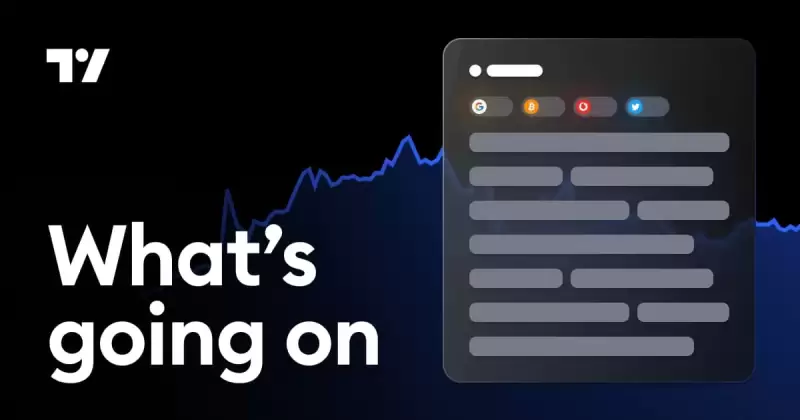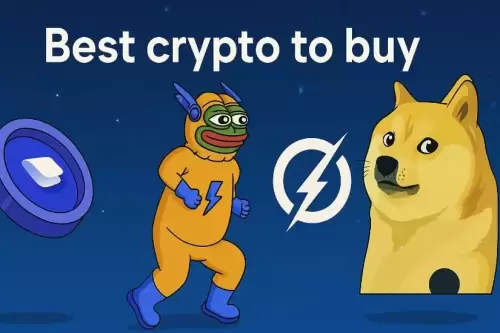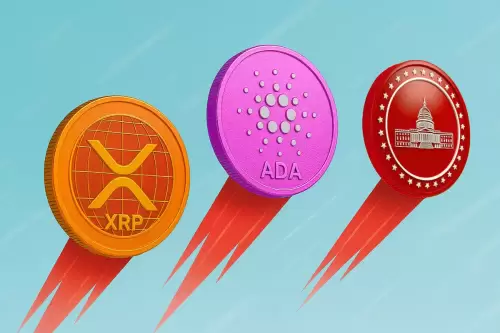 |
|
 |
|
 |
|
 |
|
 |
|
 |
|
 |
|
 |
|
 |
|
 |
|
 |
|
 |
|
 |
|
 |
|
 |
|
Cryptocurrency News Articles
Gold-backed stablecoins explained: What are they, and how do they work?
Apr 21, 2025 at 09:15 pm
Gold-backed stablecoins are digital currencies pegged to physical gold reserves and designed to maintain a stable value.

Gold-backed stablecoins are a type of digital currency that are pegged to the value of physical gold and designed to maintain a stable price. They are usually linked to a specific quantity of gold, such as one troy ounce, and a third party, such as a trust company, holds the gold reserves to ensure security and transparency. The issuing entity is responsible for maintaining an equal amount of physical gold for every token in circulation.
The tokens are bought and sold on cryptocurrency exchanges at the prevailing market price of gold at the time of the transaction. At the time of writing (March 31, 2025), the price of gold was $3,165. This means that buyers will pay $3,165 for one gold-backed stablecoin, and sellers will receive $3,165 when they sell their tokens.
If the stablecoin fails, the tokenholders will be able to redeem their tokens for the underlying gold. This process will involve liquidating the gold and transferring the fiat proceeds to the tokenholders’ bank accounts. For example, if an investor holds 100 USDT and wishes to withdraw them, they will receive 100 x $3,165 = $316,500 in a bank transfer.
Gold-backed stablecoins are a relatively new class of cryptocurrency, but they are becoming increasingly popular as investors seek ways to diversify their portfolios and hedge against inflation. Some of the most well-known gold-backed stablecoins include Tether Gold (XAUT), Paxos Gold (PAXG), and Alloy (aUSDT).
Here are some of the advantages of gold-backed stablecoins:
They offer a unique asset class for investors to diversify their funds.
They are a hedge against currency devaluation and inflation.
They combine the stability of gold with the flexibility and speed of digital assets.
They are secure and transparent, thanks to blockchain technology and third-party custodians.
Gold-backed stablecoins are classified as commodity-backed stablecoins or asset-referenced tokens (ARTs) by regulators, depending on the jurisdiction.
Here are some examples of gold-backed stablecoins:
Tether Gold (XAUT) is a cryptocurrency pegged to the value of one troy ounce of gold. It is issued by Tether, the company behind the USD-backed stablecoin Tether (USDT). XAUT is a standard ERC-20 token that can be used on any compatible wallet or exchange. XAUT is a liquid asset, with an average 24-hour trading volume of $11.03 million. It is also highly capitalized, with a market cap of about $780.3 million.
Paxos Gold (PAXG) is another gold-backed stablecoin that is fully backed by physical gold bullion held in London vaults. It is issued by Paxos, a New York-based financial institution that is regulated by the NY State Department of Financial Services. PAXG is also an ERC-20 token that is compatible with most major exchanges and wallets.
Alloy (aUSDT) is a recently launched gold-backed stablecoin from Tether. It is linked to Tether Gold (XAUT) and aims to provide another option for investors who want to invest in gold in the crypto sphere.
According to a report by the World Gold Council, global central bank gold reserves rose by 10% in 2023, reaching a 24-year high. This trend is likely to continue as central banks diversify their foreign exchange reserves and prepare for potential geopolitical risks.
Disclaimer:info@kdj.com
The information provided is not trading advice. kdj.com does not assume any responsibility for any investments made based on the information provided in this article. Cryptocurrencies are highly volatile and it is highly recommended that you invest with caution after thorough research!
If you believe that the content used on this website infringes your copyright, please contact us immediately (info@kdj.com) and we will delete it promptly.





























































